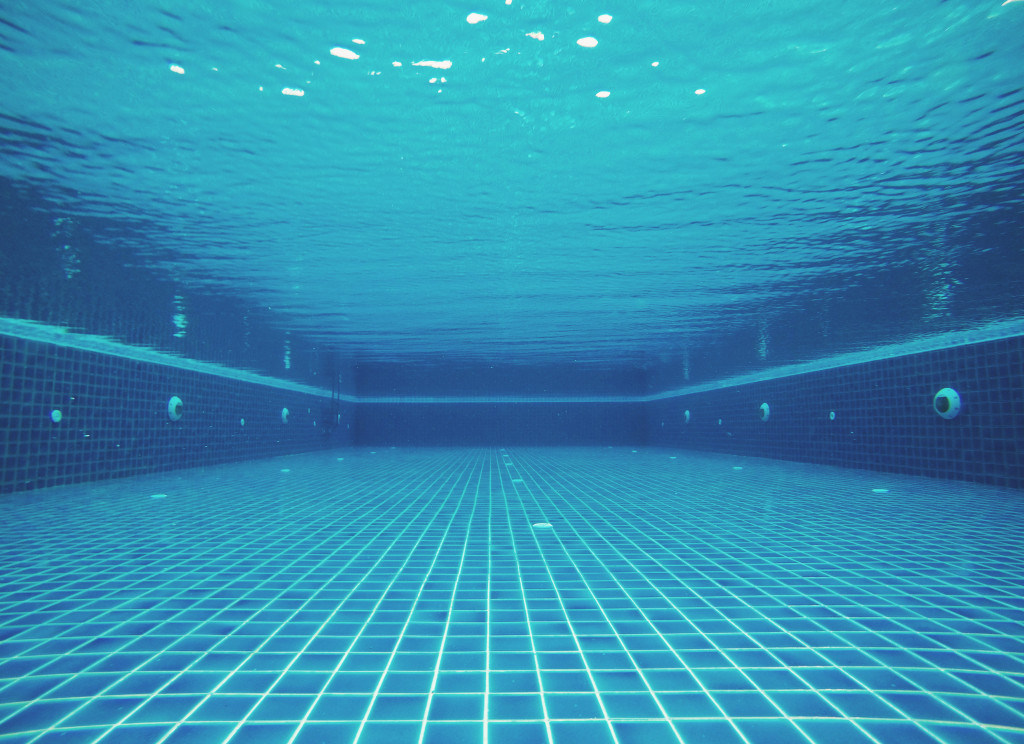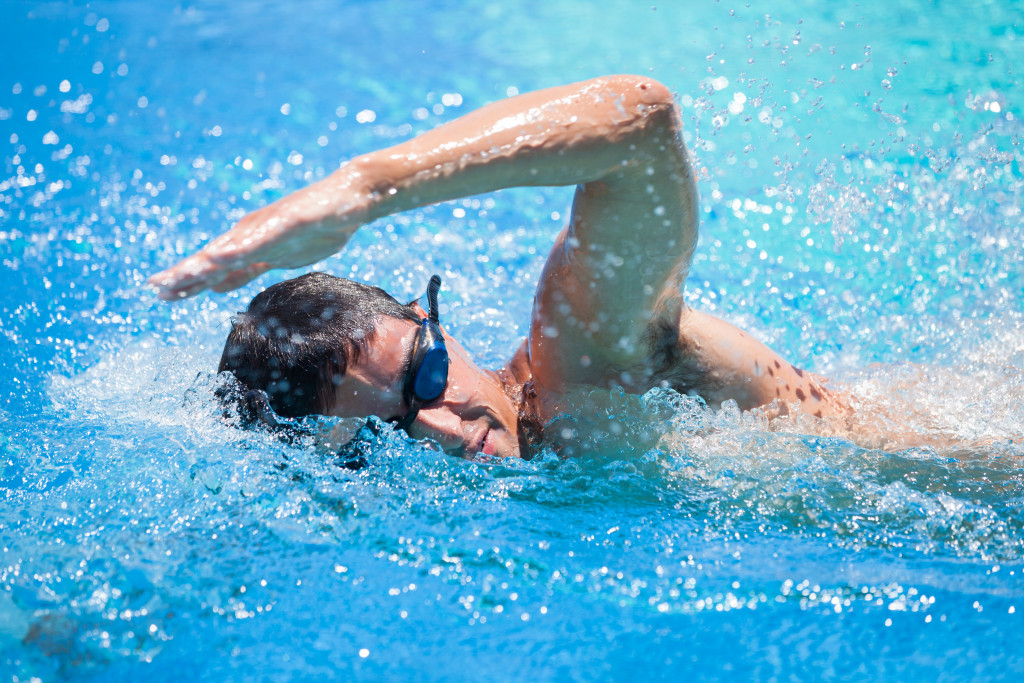You’ve probably seen swimmers on television and thought, “That looks like a really fun sport.” Or maybe you used to swim when you were younger and want to get back into it. Or maybe you’ve always loved the water and want to find a way to incorporate swimming into your fitness routine. Regardless of your reasons, if you’re thinking about taking up swimming, here are a few training tips to get you started:
Start slow and build up your endurance
One of the most important things to remember when swimming is to start slow and build up your endurance. If you try to swim too far too fast, you will quickly become exhausted and may even put yourself at risk of drowning. Instead, start by swimming a few laps at a comfortable pace. Then, each time you go for a swim, try to swim a little further than you did before.
Eventually, you will build up the stamina and strength needed to swim long distances. And, just as importantly, you will be less likely to tire yourself out and put yourself in danger. So remember: when swimming, start slow and build up your endurance. It’s the best way to stay safe and healthy in the water.
Incorporate different strokes into your routine
Swimming is a great way to get some exercise, and it’s also a lot of fun. But if you want to make the most of your time in the pool, mixing things up a bit is important. Incorporating different strokes into your routine will help you work different muscle groups and keep your body guessing. And who knows, you might find a new favorite stroke.
Here are a few strokes to consider adding to your repertoire:
- Breaststroke: Breaststroke is a slower, more deliberate stroke that targets the chest and arms. This is the stroke for you if you’re looking for a low-impact workout.
- Butterfly: The butterfly is one of the most challenging strokes but also one of the most rewarding. This stroke works your entire upper body, including your shoulders, chest, and back.
- Freestyle: Freestyle is the fastest stroke, and it’s also the one most often used in competitive swimming. If you’re looking to pick up the pace, this is the stroke for you.
- Backstroke: A backstroke is a great option if you’re looking for a balance between speed and relaxation. This stroke works your back, shoulders, and arms. And because you’re swimming on your back, it’s easy on your neck and spine.
Use intervals to improve your speed
If you’re looking to swim faster, one of the best things you can do is to swim intervals. Interval training consists of swimming for a set period at a high intensity, followed by a period of rest.
This training helps improve your speed and stamina by pushing your body harder than it would during a traditional swim. By using intervals to improve your speed, you can swim faster and become a better swimmer overall.
Make sure your pool’s pH level is just right

Swimming in a pool with the wrong pH level can cause many problems. If your pool’s pH level is too high, it can cause skin irritation and eye discomfort. If it’s too low, it can corrode your pool equipment and damage your swimsuit. So make sure you regularly check the pH level of your pool to keep yourself (and your belongings) safe and comfortable.
To adjust your swimming pool’s pH level, employ the help of professional pool services. They can test and adjust the pH level as needed. They can also help with other maintenance tasks, such as cleaning filters. With their expertise, you can rest assured that they’ll maintain your pool safely and efficiently. Keeping your pool’s pH levels in check will ensure that swimming in it will be an enjoyable experience.
Don’t forget to warm up and cool down properly
When you’re getting ready to go for a swim, it’s important to remember to warm up and cool down properly. Warming up helps your body to adjust to the water temperature and get your heart rate up gradually. It also helps to loosen your muscles so that you’re less likely to pull something when you start swimming.
Cooling down is just as important. It helps your body slowly adjust back to land-based activity and prevents you from feeling lightheaded or dizzy when you get out of the pool. So next time you’re gearing up for a swim, take a few minutes to warm up and cool down properly – your body will thank you for it.
Swimming can be a fun, rewarding, and low-impact way to get in some exercise. But if you want to make the most of your time in the pool, there are some things you need to do. Once again, remember to start slow and build up your endurance, incorporate different strokes into your routine, use intervals to improve your speed, make sure your pool’s pH level is just right, and don’t forget to warm up and cool down properly. By following these tips, you’ll be on your way to becoming a stronger, faster swimmer.

